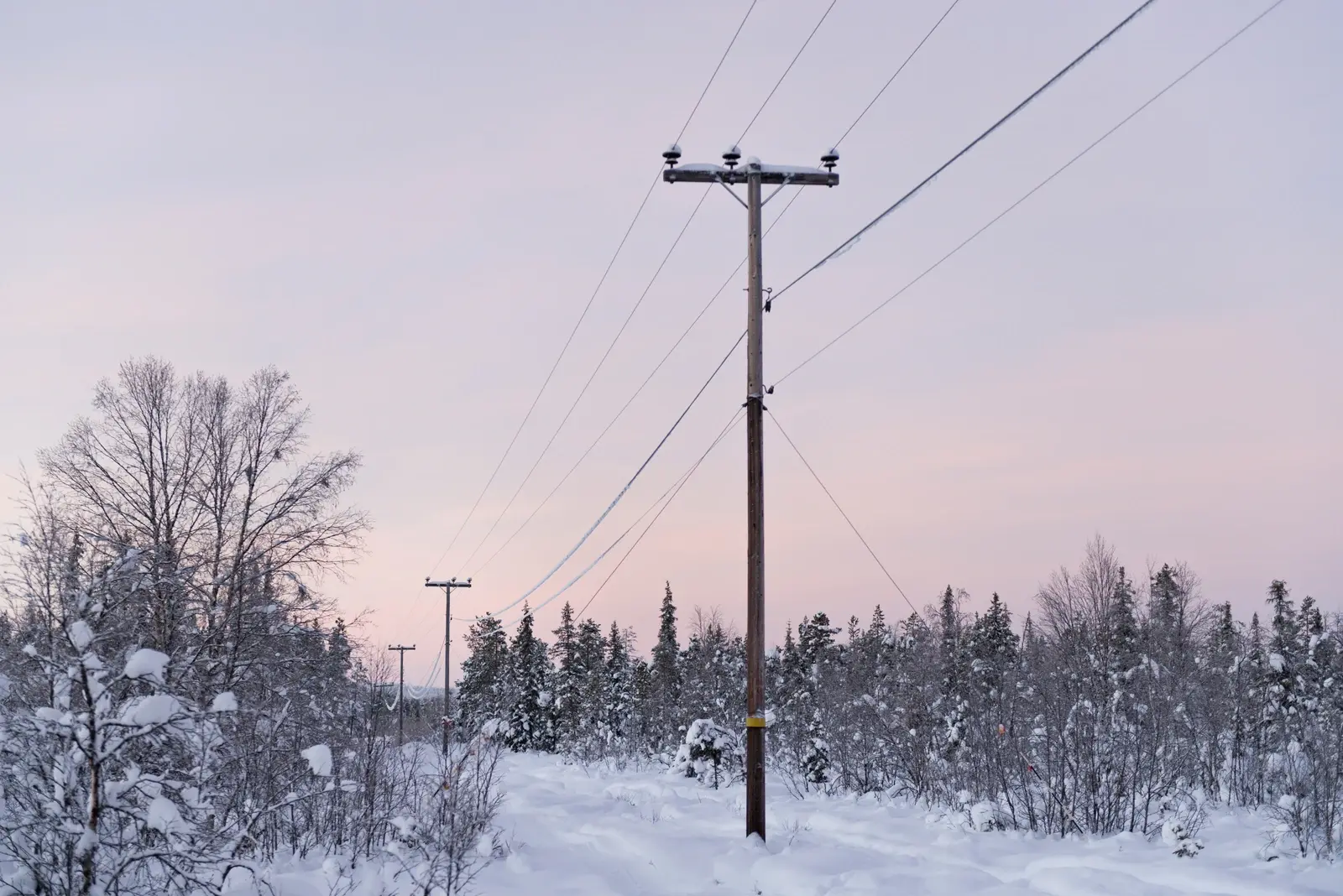E.ON
Revolutionizing grid inspections with AI-powered asset analytics, E.ON is taking the steps towards safer, more efficient, and data-driven grid operations

Background
E.ON Sweden is one of the country’s largest energy companies, operating thousands of kilometers of power lines and playing a vital role in enabling Sweden’s energy transition. As society moves toward electrification to reach national climate goals, the demands on the power grid are increasing rapidly.
To handle this shift, E.ON must ensure that its network is not only expanded but also maintained with greater precision, safety, and efficiency than ever before. Reliable condition data on grid assets has become a cornerstone for achieving that — enabling fact-based decisions that reduce risk and improve availability.
Historically, E.ON relied on helicopter flyovers for line inspections. While effective for coverage, these inspections provided limited image quality and insight, and carried both environmental and safety concerns. E.ON needed a modern approach that would allow them to capture and analyze large volumes of high-quality data and transform it into actionable knowledge.
The challenge
As the grid expands to meet electrification needs, the scale and complexity of inspections increase exponentially. Traditional methods couldn’t provide the speed, accuracy, or depth of information required to make predictive and proactive maintenance decisions. E.ON sought a solution that could:
- Deliver higher-quality inspection data while improving safety for personnel and reducing emissions.
- Detect and prioritize faults earlier, to enable more effective maintenance planning.
- Integrate digital insights into existing systems for operational use.
- Support their broader strategic goal of a smarter, more data-driven grid.
Transitioning from helicopter inspections to drones was a natural step — but to unlock real value, E.ON needed a platform capable of analyzing the massive amount of visual and LiDAR data those drones would generate.
The impact
Arkion's AI-powered models have been able to empower E.ON's grid operations by providing hue amount of new data points.
With more detailed and comprehensive data, E.ON can work proactively to prevent outages.

Arkion has helped us take our maintenance from 1990 to 2030
Director of New Connections

The Solution
E.ON partnered with Arkion, whose AI-powered asset analytics platform transforms visual and LiDAR data into actionable insights for grid condition and health. Through this collaboration, E.ON has been able to:
- Replace helicopter inspections with drone-based data capture, improving safety and reducing environmental impact.
- Use AI-powered analysis to automatically detect and classify defects across thousands of structures.
- Combine rapid analysis for critical issues with in-depth assessments for long-term planning.
- Integrate insights directly into E.ON’s asset management system, creating prioritized work orders without adding administrative burden.
- Identify trends and patterns in the data that help predict where faults are likely to occur — moving from reactive to predictive maintenance.
Arkion’s AI models, trained on millions of labeled images from grids around the world, provided immediate accuracy and scalability. Combined with expert validation by Arkion’s grid specialists, E.ON could trust that the data was both precise and actionable.
Impact
The partnership between E.ON and Arkion represents a major step toward a data-driven, resilient grid.
- Strategic transformation: The project aligns directly with E.ON’s long-term goals for digitalization and sustainability.
- Smarter decisions: Access to high-quality, AI-analyzed data enables more accurate, fact-based maintenance planning.
- Greater efficiency: Automation shortens the time from data capture to action.
- Reduced risk: Early fault detection helps prevent outages and costly repairs.
- Future readiness: The digital foundation now in place positions E.ON to expand predictive analytics and system optimization in the years ahead.

Through the collaboration with Arkion, we can see trends and act not only in the short term but also long-term, improving network availability.
Head of Grid Operations and Maintenance


About E.ON Sweden
E.ON Sweden is one of the country’s leading energy companies, delivering sustainable and reliable electricity to millions of homes and businesses. With a strong focus on electrification and digital transformation, E.ON is at the forefront of building a smarter, safer, and more resilient energy system to support Sweden’s net-zero ambitions.
Move from models to facts with better data about the condition of your grid.









